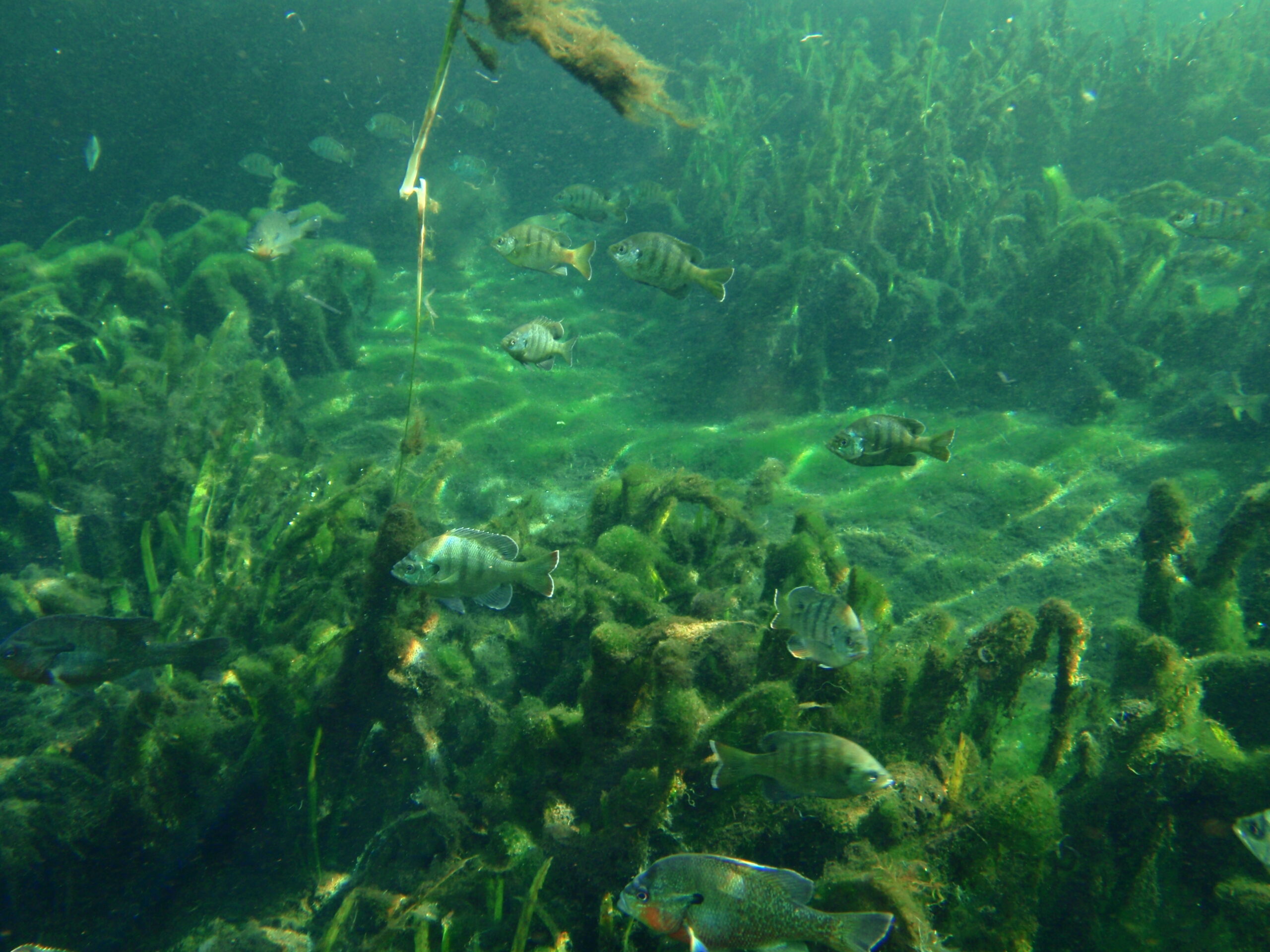Aquarists on vacation: how to identify good snorkeling spots
Aquariums and especially tropical fish tanks are commonly seen as a piece of nature brought to your home. Oddly enough, people have a hard time imagining how the natural biotopes of their pets really look like. What better way to find out than going there and looking for yourself? When we go on holidays, we often have to compromise. We want to see beautiful wildlife, but due to family and of course financial restrictions, dive safaris are not possible. Therefore, many people do not even try to see how our beloved aquatic pets really live in their original habitats. But even with limited equipment and time, some interesting observations are possible, even if you are on a family-weekend trip. You just need to plan a bit ahead and make the most of the time you have available!
Snorkeling gear
First off, some equipment is needed. A diving mask and a snorkel are necessary to stay submerged for extended periods and to observe what is going on below the surface. If you tend to get sunburnt, always think of a shirt and pants that cover your body even if sunscreen is washed off. For snorkeling in colder waters, neoprene shirts or even body suits for surfers are an excellent choice. If you are snorkeling in open waters, flippers might be useful for covering ground. For rocky streams or coastal areas, swimming shoes are a better choice.


What to shoot underwater photos with?
For taking pictures under water, there are some rather inexpensive options up to top notch equipment around. From waterproof bags for cell phones to digital cameras made for snorkeling to action cams for filming in 4k or above and of course waterproof cases for DSLR cameras, there are many possibilities. I prefer the Olympus “tough” series, which I am using since around 2006, but whatever you feel comfortable with will work. Under water taking more pictures is better than trying to find a perfect setup because a) fish are swimming fast and b) the current can take you away a few centimetres, making all previous adjustments obsolete. I am sure, a few good ones will always be on your memory card!


How to choose the best snorkeling spot?
Besides all the gear you assemble, being at the right place is also very important. Just like in an aquarium, fish generally do not like to be in areas without places to hide. Therefore, it is advisable to not search for fish in the middle of a bay. Better move to the bordering coastline and search for some submerged rocks, where fish can find shelter. Also, sandy beaches may look great from above the surface, but below the water can be turbid from all the fine sand that is stirred up by swimmers. Beaches with pebble substrate have clearer water in most cases.



Whom you can meet underwater?
If you are interested in certain target species, you will have to read about their ecology in the wild, but generally, you will find most diversity around submerged boulders. E.g. in the Mediterranean sea, observing 10+ different fish species within 1-2 hours of snorkeling is not a problem. Of course in coral reefs like in the Red sea, diversity is even higher, but maybe harder to access.


Speaking of accessibility: Always observe local rules like restricted and boating areas to prevent accidents. As always in nature, be mindful of your environment and be aware that even in crowded places you can encounter organisms that can potentially harm you. Jellyfish and anemones can cause nasty skin irritations, sea urchin spikes can be hard to remove and crabs can give you a hard squeeze. Most important: Take nothing but pictures, leave nothing but footprints!




Snorkeling in freshwater
The same rules basically apply to freshwater habitats with the amendment that in riverine environments, flow currents can be surprisingly strong, so be very cautious not to drift off. Also, in many freshwater habitats, visibility can be lower than in marine habitats. But if you are able to plan a visit to karst areas with limestone-based waterholes (e.g. Brazil, Croatia, Florida, Mexico, Thailand, …), the snorkeling experience can resemble swimming in an aquarium as well. Even blackwater-habitats where the water is coffee-colored, can have good visibility under water and you would not believe how much is going on even in stone-pools in mountainous areas.





As passionate hobbyists, we are always inspired by “natural looking” aquariums. Seeing what “natural” really means can open up many new possibilities for aquascaping and also maybe to get a feeling what our aquarium residents really need. I would highly recommend to go snorkeling as much as possible to any true aquarist!










